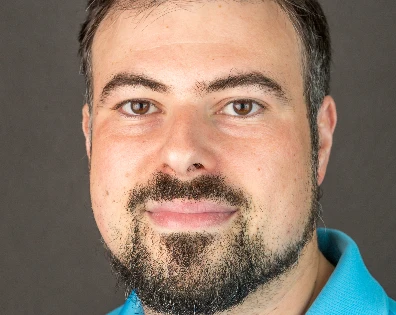2843 - Integrating Mechanistic and Machine Learning Models to Assess Radiotherapy Fractionation Impact on Head and Neck Cancer Survival
Presenter(s)

I. Shuryak1, E. Yang1,2, R. Vasishtha1,3, A. J. Hope4, E. Wang1, X. Wu5, Y. Yuan6, D. J. Brenner1, L. A. Kachnic7, and L. K. Dad6; 1Center for Radiological Research, Department of Radiation Oncology, Columbia University Irving Medical Center, New York, NY, 2Department of Computer Science, Brown University, Providence, RI, 3Department of Mathematics, Columbia University, New York, NY, 4Princess Margaret Cancer Centre, University Health Network, Toronto, ON, Canada, 5Department of Biostatistics, Columbia University Irving Medical Center, New York, NY, 6Department of Radiation Oncology, Columbia University Vagelos College of Physicians and Surgeons, New York, NY, 7Department of Radiation Oncology, Columbia University Irving Medical Center, New York, NY
Purpose/Objective(s): We previously developed a mechanistic Dose-Dependent (DD) tumor repopulation model for head and neck squamous cell carcinoma (HNSCC) that better represents tumor biology compared to the older Dose-independent (DI) model. This study combines these mechanistic models with machine learning (ML) to assess the impact of radiotherapy and chemotherapy on overall survival (OS) in HNSCC patients. This approach potentially offers several advantages over relying solely on randomized clinical trials: it allows for personalized treatment optimization, provides a framework for continuous learning from real-world data, and helps identify patient subgroups likely to benefit from specific treatments.
Materials/Methods: We utilized the RADCURE dataset, comprising 2,651 patients with HNSCC in various sites with comprehensive radiotherapy, chemotherapy, clinical variables, and long-term cause of death data. Our analysis consisted of mechanistic modeling (BED calculations using DD and DI models) and ML (Random Survival Forest, RSF, for predictive analysis and Causal Survival Forests, CSF, for causal analysis). BED calculations were integrated as features in the ML models. Data was split 75:25% for training and testing, with performance assessed using concordance scores for RSF and causal effect refutation tests for CSF.
Results: RSF predictive analysis achieved good performance with test concordance scores of 0.768, 0.827, and 0.775 for index cancer, other cancers, and non-cancer deaths, respectively. Stage and HPV status were strongly associated with index cancer deaths. CSF causal analysis estimated that at 5 years, chemotherapy increased average survival probability by 15.0±6.7%, with restricted mean survival time improving by 7.1±2.6 months. The magnitudes of these causal effects varied substantially between patients, with the strongest correlations observed for HPV status and tumor site. While aligned with meta-analyses, these estimates are larger, possibly due to the tendency for younger/healthier patients to receive chemotherapy more frequently, other population differences, incomplete fulfillment of causal modeling assumptions (e.g. there may be unobserved factors influencing both treatment assignment and outcomes), selection bias, and evolving treatment protocols.
Conclusion: Combining mechanistic models with machine learning provided detailed insights into competing mortality risks in HNSCC patients and their associations with treatments. This integrated framework improves interpretability and supports personalized treatment optimization. To support clinical application, we developed a web-based tool that calculates DI and DD BED values for various radiotherapy fractionation schedules, facilitating the exploration of personalized treatment strategies.
